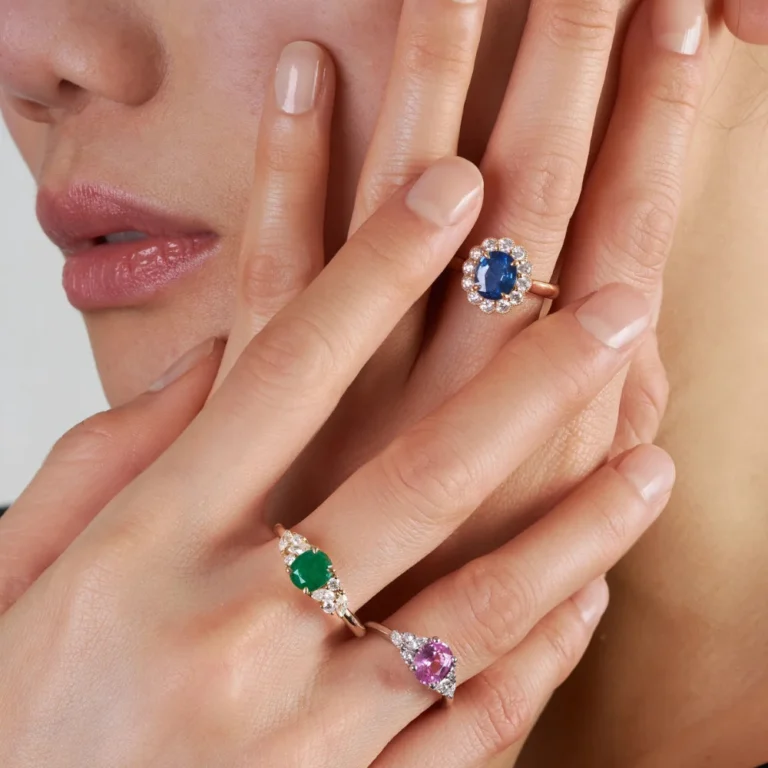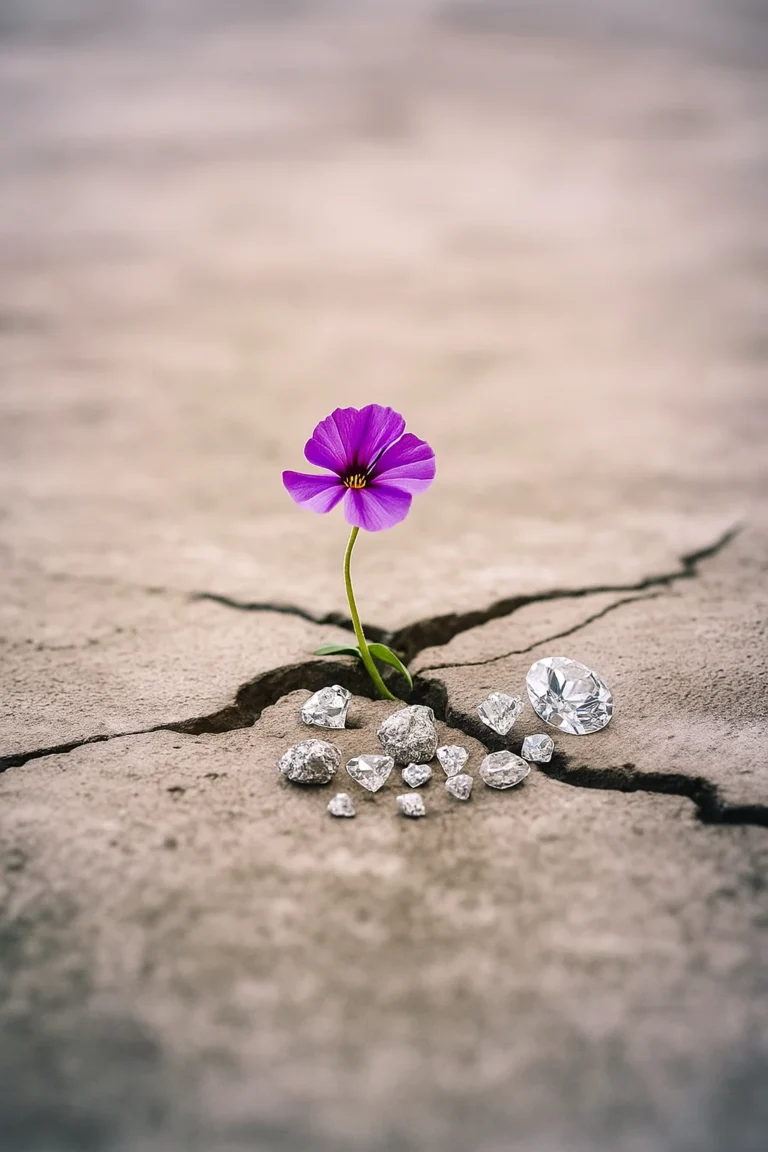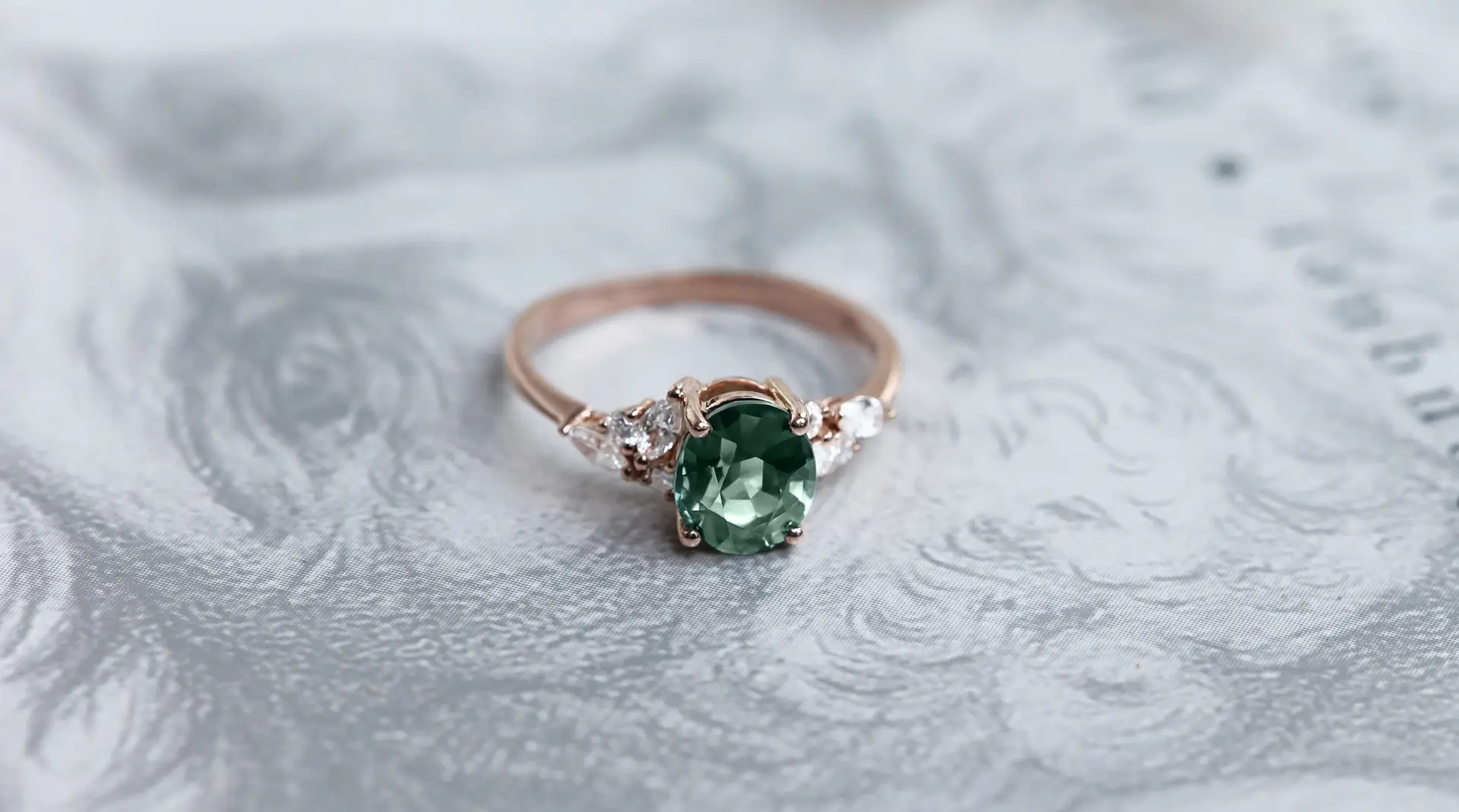
Bijoux émeraude ou saphir : quel choix pour votre style ?
Les bijoux émeraude et bijoux saphir sont deux incontournables de la joaillerie, prisés pour leur
Gold is a timeless symbol of wealth and luxury. Yet, not all types of gold are the same. Among the most common options, 18-carat gold and 24-carat gold stand out for their composition, appearance, and uses.
Understanding these differences is essential to making an informed choice, whether for a refined piece of jewelry or an investment. This article guides you through everything you need to know about these two types of gold.
The carat is a unit of measurement that indicates the purity of gold. Pure gold is 100% gold, which corresponds to 24 carats. However, gold is often mixed with other metals (alloys) to improve its durability and malleability.
24 carats: 99.9% pure gold.
18 carats: 75% pure gold and 25% alloys (copper, silver, palladium, etc.).
24-carat gold is considered the purest form of gold. With its bright yellow hue and composition almost free of alloys, it is prized for its value and rarity.
Advantages:
Luxurious appearance: Its intense shine makes it an ideal choice for showpiece jewelry.
High value: Because of its purity, 24-carat gold is often chosen as an investment or for collectible pieces.
Hypoallergenic: Containing almost no additional metals, it is unlikely to cause allergic reactions.
Disadvantages:
Fragility: Its purity makes it softer and more prone to scratches or deformation.
Higher price: 24-carat gold is more expensive than other types of gold.
Limited use: Rarely used for everyday jewelry due to its fragility.
18-carat gold is an alloy that combines 75% pure gold with 25% other metals. This balance gives it superior durability while maintaining a luxurious appearance.
Advantages:
Strength: More durable than 24-carat gold, suitable for everyday jewelry.
Varied aesthetics: Alloys make it possible to create different colors, such as white gold or rose gold.
Good value: Less expensive than 24-carat gold while remaining a prestigious choice.
Disadvantages:
Slightly less brilliant: Compared to 24-carat gold, its color may appear less intense.
Presence of alloys: Some people may be sensitive to the metals used in the alloy.
Purity: 24 carats = 99.9% | 18 carats = 75%
Color: 24 carats = intense yellow | 18 carats = softer or tinted yellow
Durability: 24 carats = more fragile | 18 carats = resistant
Use: 24 carats = investment, show jewelry | 18 carats = everyday jewelry
Price: 24 carats = higher | 18 carats = more affordable
The choice between 18-carat and 24-carat gold depends on the intended use, your budget, and your aesthetic preferences.
For everyday use, 18-carat gold is recommended for its durability and versatility. It is ideal for rings, necklaces, or bracelets that you wear regularly. For special occasions or investment, 24-carat gold, with its exceptional brilliance and purity, is perfect for unique or symbolic pieces.
At Politains, we offer both 18-carat and 24-carat gold creations, tailored to all styles and needs. Our artisans guide you to choose the perfect option according to your expectations.
To preserve the beauty of your jewelry, here are some tips:
Clean your jewelry regularly with a soft cloth.
Avoid prolonged exposure to chemicals, such as perfume or detergents.
Store your jewelry separately to avoid scratches, especially for 24-carat gold.
Understanding the differences between 18-carat and 24-carat gold is essential to making the right choice for your needs.
While 24-carat gold impresses with its purity and unmatched brilliance, 18-carat gold offers durability and versatility, making it ideal for elegant and practical jewelry.
Want to create a unique piece in 18- or 24-carat gold? Explore Politains’ custom collections, where each piece is crafted with artisanal expertise and exceptional materials. Contact us today to design your perfect jewelry.

Les bijoux émeraude et bijoux saphir sont deux incontournables de la joaillerie, prisés pour leur

Le printemps 2024 s’annonce vibrant et audacieux dans le monde de la joaillerie. Alors que

